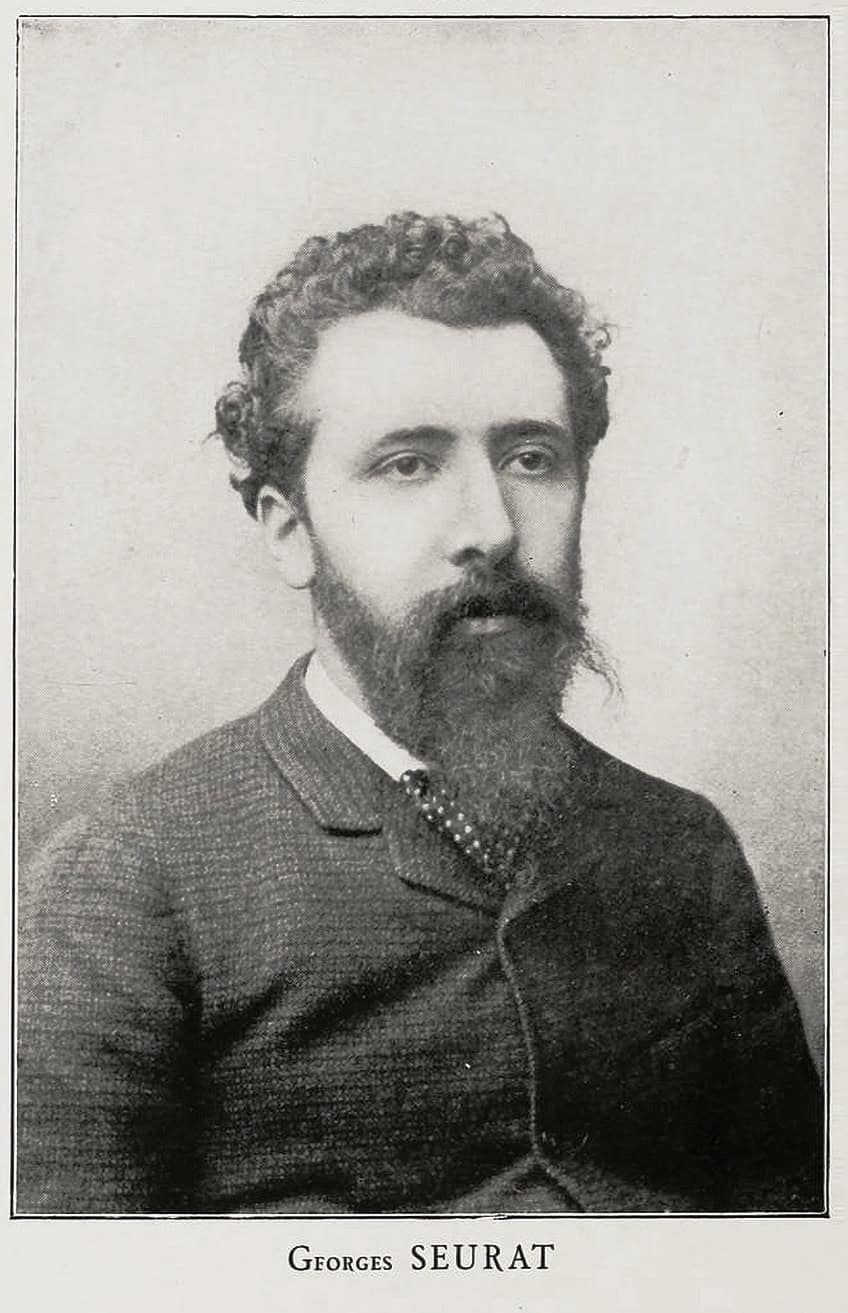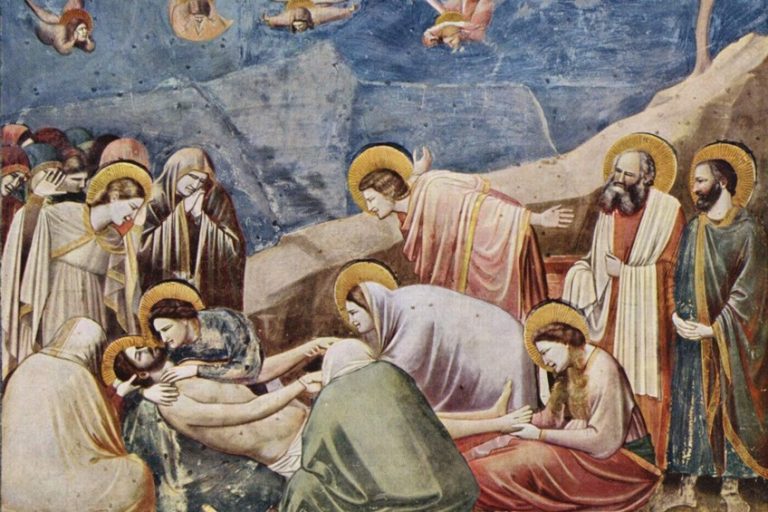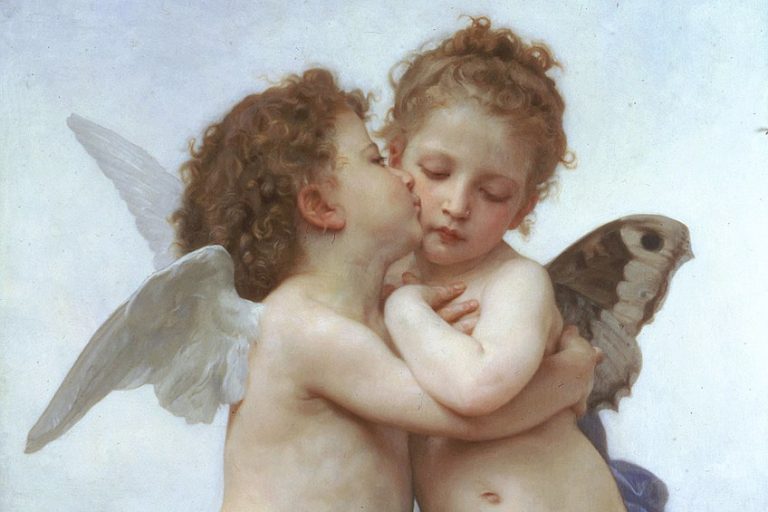“The Eiffel Tower” by Georges Seurat – Strokes of Brilliance
Georges Seurat’s The Eiffel Tower, painted in 1889, is a striking example of his innovative technique known as Pointillism, a method that involves applying small, distinct dots of color to form an image. This artwork captures the grandeur and modernity of the Eiffel Tower, a symbol of Paris and a marvel of engineering completed the same year Seurat painted it. Seurat’s meticulous approach and his fascination with the effects of light and color are evident in this piece, which stands as a testament to the vibrancy and dynamism of the late 19th-century Parisian landscape. The painting reflects Seurat’s scientific approach to art, as well as his ability to transform ordinary scenes into extraordinary visual experiences through his unique artistic vision.
Key Takeaways
- The Eiffel Tower by Seurat exemplifies his pointillism technique.
- The painting reflects the historical context of the 1889 Paris World’s Fair.
- Seurat’s work is a notable contribution to the Neo-Impressionist movement.
Historical Context
| Artist | Georges Seurat (1859 – 1891) |
| Date Created | 1889 |
| Medium | Oil on wood |
| Genre | Landscape |
| Period/Movement | Neo-Impressionism and Pointillism |
| Dimensions (cm) | 24 x 15 |
| Series/Versions | None |
| Where Is It Housed? | The Fine Arts Museums of San Francisco, San Francisco, United States |
| What It Is Worth | Estimated at $10-15 million (value based on recent market trends and historical significance) |
Georges Seurat, a pioneer of the French Post-Impressionist movement, captivated the art world with his masterpiece, The Eiffel Tower, created around 1889. This iconic painting showcases Seurat’s unique pointillism technique, where tiny dots and precise brush strokes combine to form an intricate and delicate representation of one of Paris’ most famous landmarks. A testament to Seurat’s skill, the painting captures a dreamy yet accurate portrayal of the Eiffel Tower, blending realism with an air of whimsy. The Eiffel Tower itself was constructed for the 1889 Paris World’s Fair, symbolizing modernity and industrial achievement.

Seurat’s painting emerges from this historical backdrop, reflecting both the structure’s architectural grandeur and its emblematic presence in Parisian culture. Measuring 24 x 15 cm, this oil-on-wood piece is small in size but powerful in its impact, encapsulating the transformative spirit of its era through a modern artistic lens. Seurat’s work sits prominently within the Neo-Impressionist movement, highlighting his innovative approach to color and form. By employing pointillism, Seurat avoided traditional brushwork, instead creating a mosaic of light and color that leaves a lasting impression. Seurat’s The Eiffel Tower not only immortalizes one of the world’s most recognized structures but also exemplifies his dedication to pushing the boundaries of artistic expression through new techniques.
Pointillism and Its Evolution
Georges Seurat pioneered Pointillism, a technique involving the application of small dots of color. This approach was intended to blend visually when viewed from a distance. Seurat’s method was influenced by scientific theories on color and perception, aiming to create vivid, dynamic compositions.
Paul Signac, a contemporary of Seurat, further developed this technique.
Neo-Impressionism emerged, characterized by precise brushwork and an emphasis on light effects. Seurat’s A Sunday Afternoon on the Island of La Grande Jatte exemplifies this style. This technique required meticulous planning and an understanding of color theory to achieve the desired optical effects.
The Eiffel Tower in Art
The Eiffel Tower was completed in 1889 for the Paris World’s Fair, symbolizing industrial innovation. Seurat captured this modern icon in his painting, emphasizing its geometric structure through pointillist dots. Placed within the context of Parisian life and modernity, Seurat’s depiction of the Eiffel Tower showcases the intersection of art, technology, and urban culture. The tower’s construction fascinated artists and writers, inspiring a myriad of creative works. Seurat’s interpretation reflects his vision of blending natural elements with industrial progress. This juxtaposition underscores the significance of the Eiffel Tower in both art history and cultural identity.

Artistic Analysis of The Eiffel Tower
Georges Seurat’s work The Eiffel Tower is a prime example of Neo-Impressionist art. This analysis will delve into Seurat’s use of color theory, his unique interpretation of the landmark, and his distinctive brushwork.
Color Theory and Composition
Seurat employed a meticulous approach to color, using small, distinct dots of pure pigment. This technique, known as Pointillism, creates a vibrant interplay of colors when viewed from a distance. He utilized complementary colors to enhance visual contrast and harmony in the painting. The application of warm hues for the structure and cool tones for the background serves to balance the composition.
By controlling these elements, Seurat achieved a dynamic yet balanced aesthetic.

Seurat’s Interpretation
Seurat’s depiction of the Eiffel Tower is characterized by its simplification and abstraction. He avoided extensive detail, choosing instead to capture the essence and geometric form of the iconic structure. This approach brings attention to the tower’s modernity and engineering marvels of the time. By framing the tower against the Parisian skyline, he emphasizes the juxtaposition between nature and human innovation.
His portrayal reflects the societal fascination with industrial advancement during the late 19th century.
Seurat’s Unique Brushstrokes
Seurat’s technique involved placing tiny dots of paint meticulously across the canvas. This pointillist method creates an optical blending effect, where colors mix in the viewer’s eye rather than on the palette. This method demands precision and patience, resulting in a textured surface that enhances the viewer’s visual experience. The brushstrokes follow a rhythmic pattern, contributing to the sense of structure and coherence within the painting. Through this technique, Seurat adds depth and dimension, engaging the viewer in an interactive observation of color and form.

Impact and Legacy
Georges Seurat’s The Eiffel Tower has left a significant mark on the world of art, particularly within the Neo-Impressionism movement. Seurat’s use of pointillism in this painting highlights the vibrant and intricate details of the tower and its surroundings. This technique adds depth to the cityscape, enhancing its vibrancy and capturing the lively essence of Paris. Housed at the Fine Arts Museums of San Francisco, this artwork is part of a prestigious collection, drawing numerous visitors daily. It stands alongside other notable works, including Sunday Afternoon on the Island of La Grande Jatte and The Circus.
Seurat’s representation of the Eiffel Tower has also contributed to its iconic status, emphasizing the tower’s grandeur during the late 19th century.

The painting offers a unique perspective on the Seine and the bustling life around it, reflecting Paris’s dynamic atmosphere. The Eiffel Tower by Seurat is celebrated particularly in the United States where it continues to inspire contemporary artists and enthusiasts. Its presence in San Francisco further bridges the artistic connections between Paris and American art scenes. Overall, this painting by Seurat serves as a testament to his enduring legacy and profound impact on Impressionism and Neo-Impressionism.
Georges Seurat’s The Eiffel Tower not only captures the essence of a groundbreaking architectural marvel but also exemplifies the artist’s pioneering Pointillist technique. Through his methodical application of color and light, Seurat transforms a symbol of modernity into a vibrant mosaic of visual splendor. The painting stands as a testament to Seurat’s commitment to innovation and his profound influence on the Post-Impressionist movement. The Eiffel Tower remains a celebrated piece in art history, illustrating the harmonious blend of artistic creativity and scientific precision that defined Seurat’s career and left an indelible mark on the evolution of modern art.
Frequently Asked Questions
What Artistic Techniques Did Georges Seurat Employ in His Painting of the Eiffel Tower?
Georges Seurat is famously associated with the technique of Pointillism. In this painting, he used small, distinct dots of color applied in patterns to form an image. This method allows the viewer’s eye to blend the colors from a distance.
What Kind of Materials Is Georges Seurat Known to Have Used in His Paintings?
Georges Seurat primarily used oil paints on canvas. He was meticulous in his choice of pigments, often opting for brighter and more vibrant hues to achieve the desired effect in his Pointillist technique. Additionally, he used a fine brush to apply the individual dots of paint.
How Does Georges Seurat’s Personality Reflect in His Artwork, Including The Eiffel Tower?
Seurat’s meticulous nature and analytical mind are reflected in his precise and methodical approach to painting. His dedication to scientific principles of color theory and his innovative techniques highlight his commitment to his craft. The Eiffel Tower painting demonstrates his attention to detail and his structured, deliberate style.
Isabella studied at the University of Cape Town in South Africa and graduated with a Bachelor of Arts majoring in English Literature & Language and Psychology. Throughout her undergraduate years, she took Art History as an additional subject and absolutely loved it. Building on from her art history knowledge that began in high school, art has always been a particular area of fascination for her. From learning about artworks previously unknown to her, or sharpening her existing understanding of specific works, the ability to continue learning within this interesting sphere excites her greatly.
Her focal points of interest in art history encompass profiling specific artists and art movements, as it is these areas where she is able to really dig deep into the rich narrative of the art world. Additionally, she particularly enjoys exploring the different artistic styles of the 20th century, as well as the important impact that female artists have had on the development of art history.
Learn more about Isabella Meyer and the Art in Context Team.
Cite this Article
Isabella, Meyer, ““The Eiffel Tower” by Georges Seurat – Strokes of Brilliance.” Art in Context. June 5, 2024. URL: https://artincontext.org/the-eiffel-tower-by-georges-seurat/
Meyer, I. (2024, 5 June). “The Eiffel Tower” by Georges Seurat – Strokes of Brilliance. Art in Context. https://artincontext.org/the-eiffel-tower-by-georges-seurat/
Meyer, Isabella. ““The Eiffel Tower” by Georges Seurat – Strokes of Brilliance.” Art in Context, June 5, 2024. https://artincontext.org/the-eiffel-tower-by-georges-seurat/.











